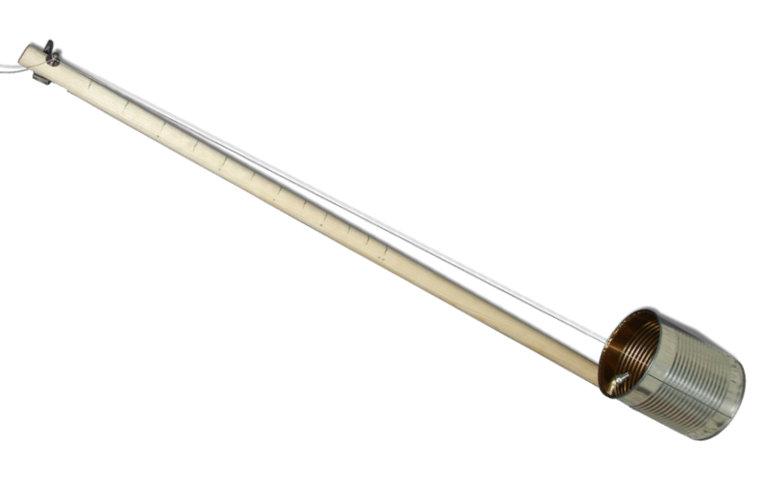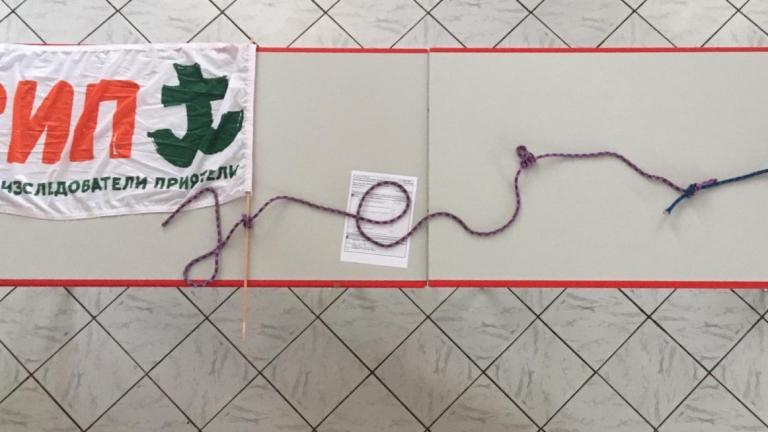Ein Diddly Bow war ursprünglich eine Beschäftigung für Farm-Kinder. Es handelte sich meist um irgendeinen Stock, einen Besenstil oder ähnliches, an dem eine Blechdose befestigt und dann ein Draht gespannt wurde. Durch Zupfen kann man Töne spielen und mit dem Auflegen eines Flaschenhalses auf die Saite kann man die Tonhöhe verstellen.
Building it myself
I have developed this idea further for a leisure offer. The goal was to get an instrument with which it is possible to play together in a group as well. The attached instructions therefore include a tunable, stable version of the Diddly Bow with materials as inexpensive as possible.
The following materials are needed:
- 1x roundwood stick (Ø ~2,2cm, length ~80-100cm)
- 1x empty tin can (the bigger the louder)
- 1x guitar mechanics (you can get them on eBay or expensive in music stores)
- 1x guitar string (steel, the thinner the higher the tone)
- 2x screw (6.4 x 40, push through)
- 2x nut (M6, self-locking)
- 4x washer (6.4mm)
- Alu or copper tube (Ø ~2.2-2.5cm, length ~5cm)
Timing:
- One afternoon of 4 hours is sufficient to create a diddlybow for each participant
Tips
I have offered this project at several camps now. A few things have stood out to me:
- Make sure there are enough tools - the more participants that can work at the same time, the less bored you will be and the quicker you can start making music with them as well.
- Just as important as the tools is the number of staff. A 5-to-1 supervision is good, also because some explanation and help may be needed. The employees should know the process of the construction.
- Don't underestimate how sharp-edged the cans can be! Especially when poking the hole, you can hurt yourself quite quickly.
- As expensive as they may be: Rather buy guitar-meschanics in the music store of your confidence. At 0,50€ per piece from China, it can happen quickly that the mounts bend when the bottom surface of the stick is not quite flat and they no longer work. Not only is that a lot of waste, it frustrates the participants
- To play: As described in the instructions, for starters you can always play the root note of each chord (That is, the note that is above the lyrics in songbooks) - perhaps at the beginning of each measure for smaller ones, or otherwise in 4/4 time or as the rhythm fits. More advanced musicians can break down the chords of the songs into their component parts and divide the diddly bow players into groups, each of whom then takes on one note of the chords.
Copyright
All images and text are created by me personally. The guide may be distributed, copied, modified, and used as you wish, as long as this usage rule is preserved. The guide is provided "as is"; I make no guarantee of completeness or functionality.
Obsah môže byť automaticky preložený. Pomôžte zlepšiť kvalitu prekladu svojimi úpravami!




